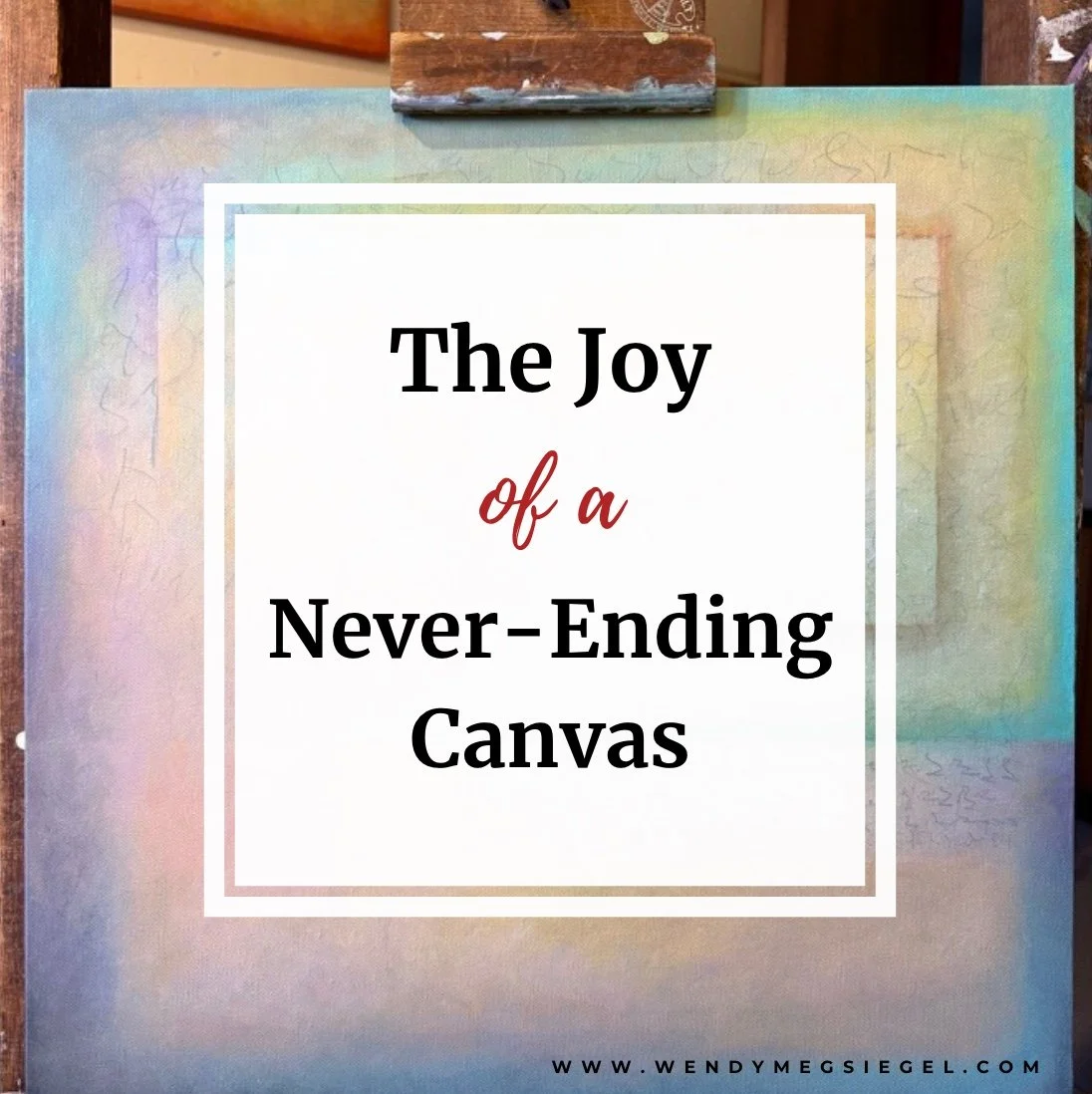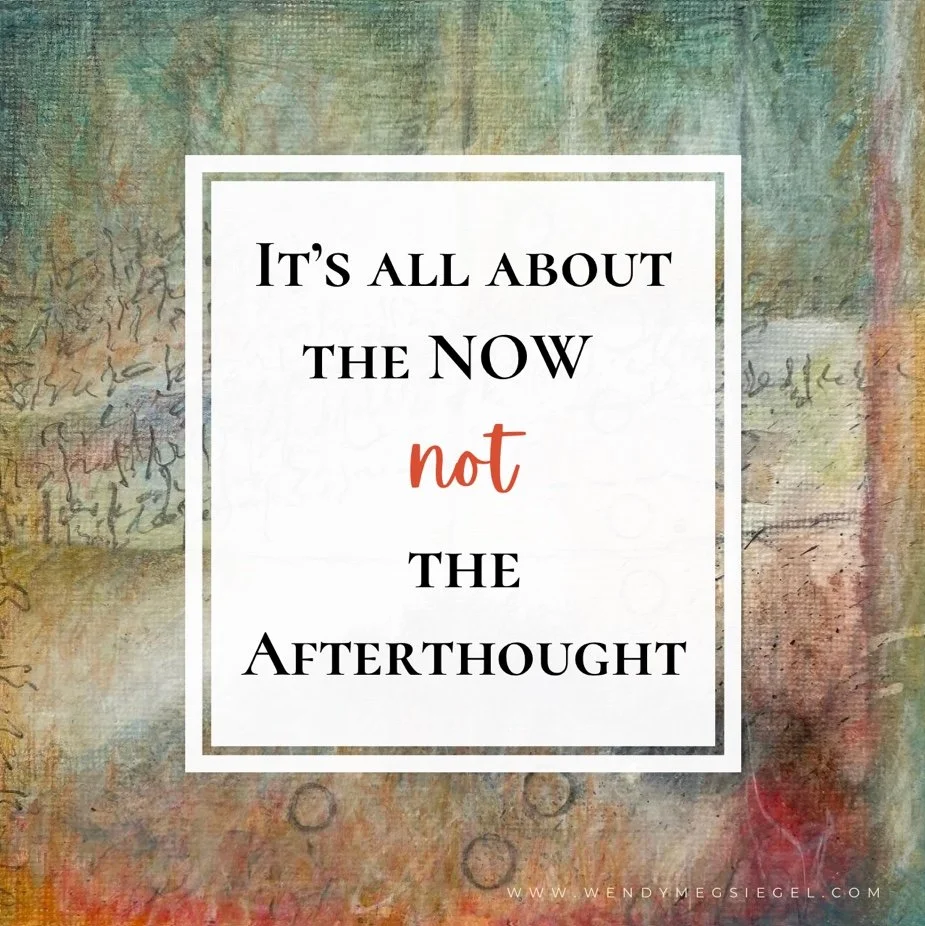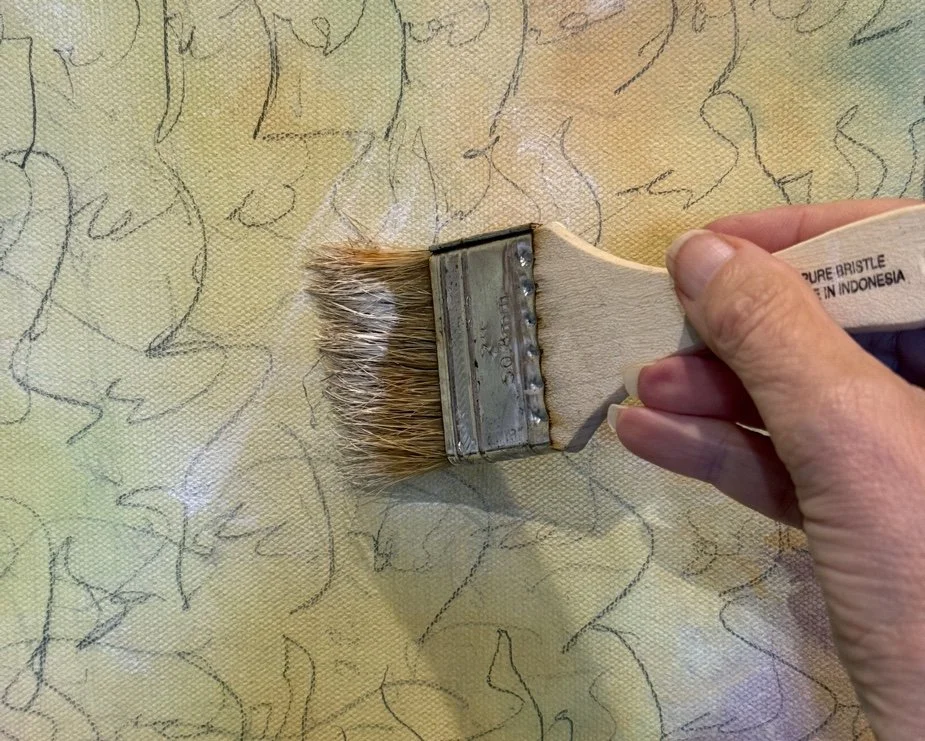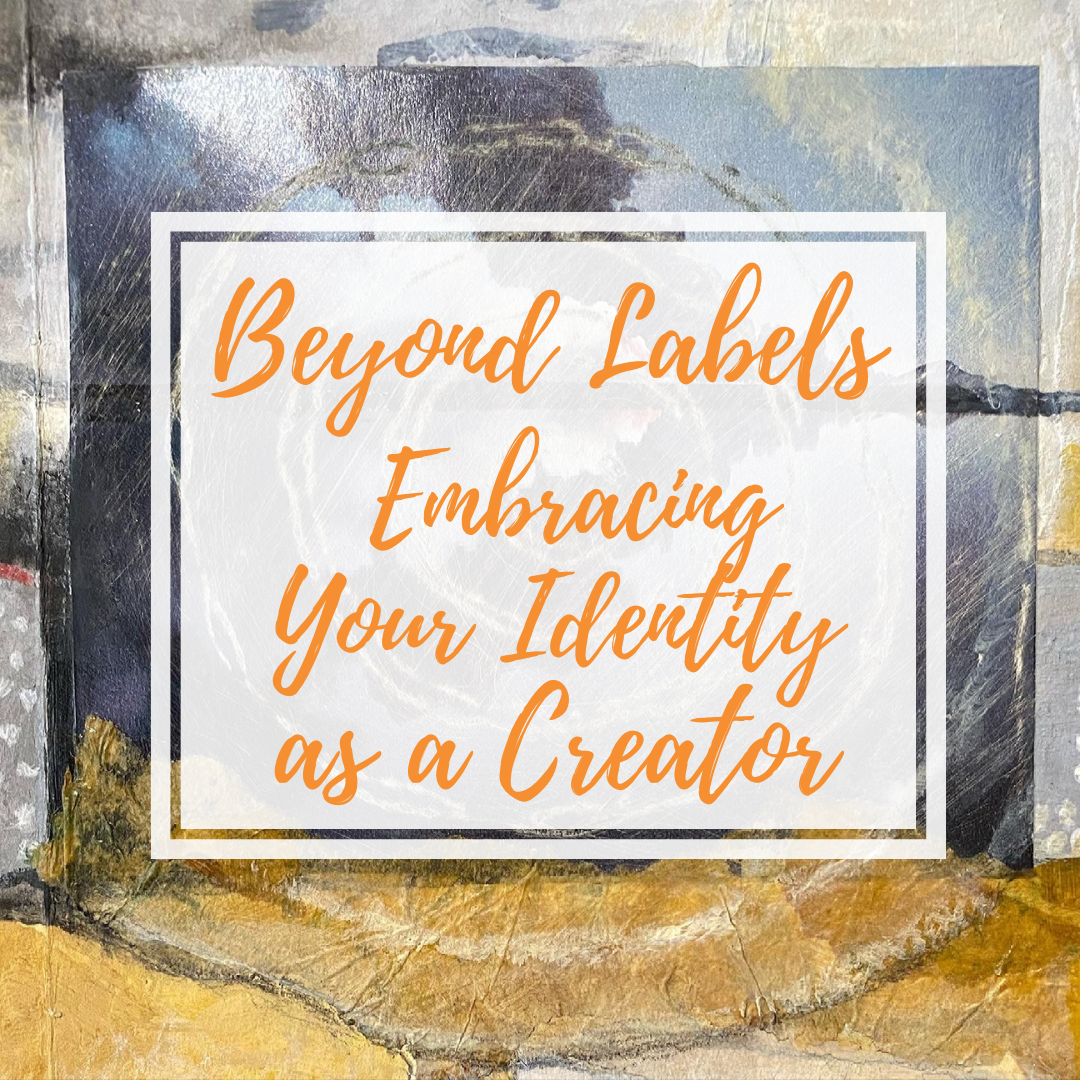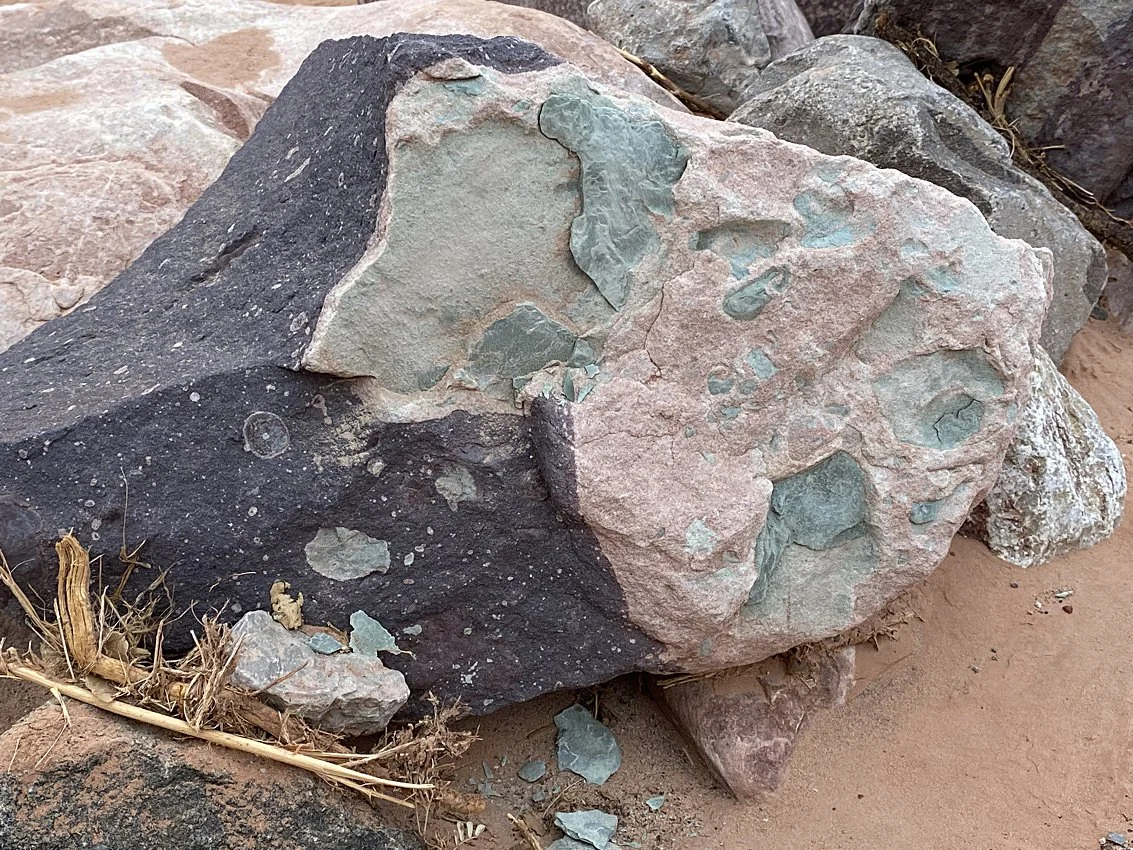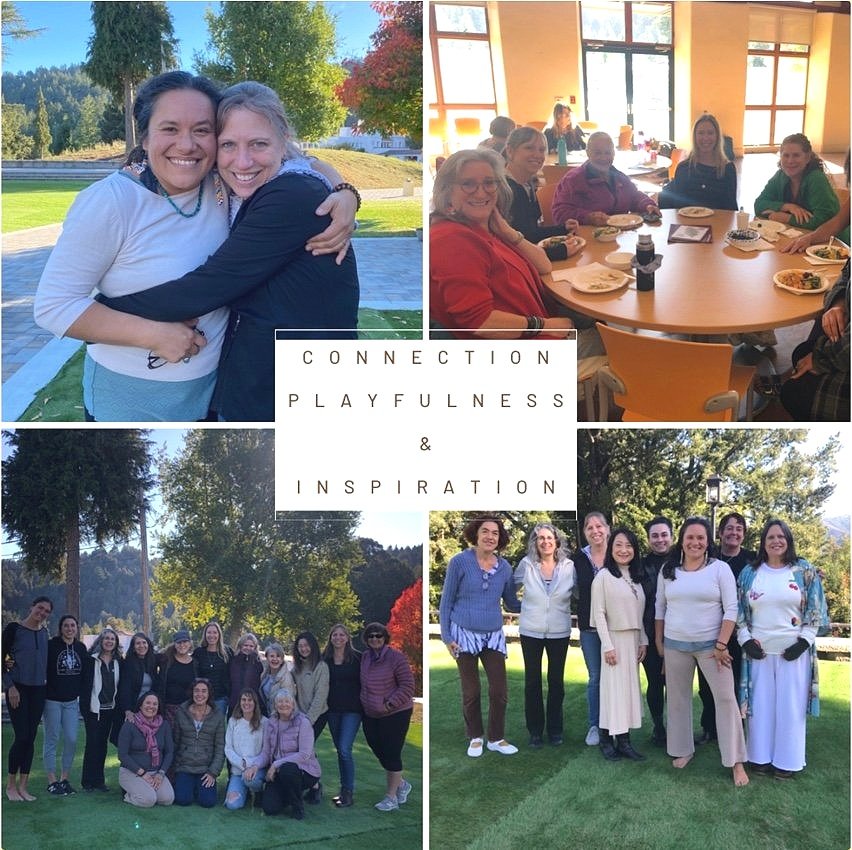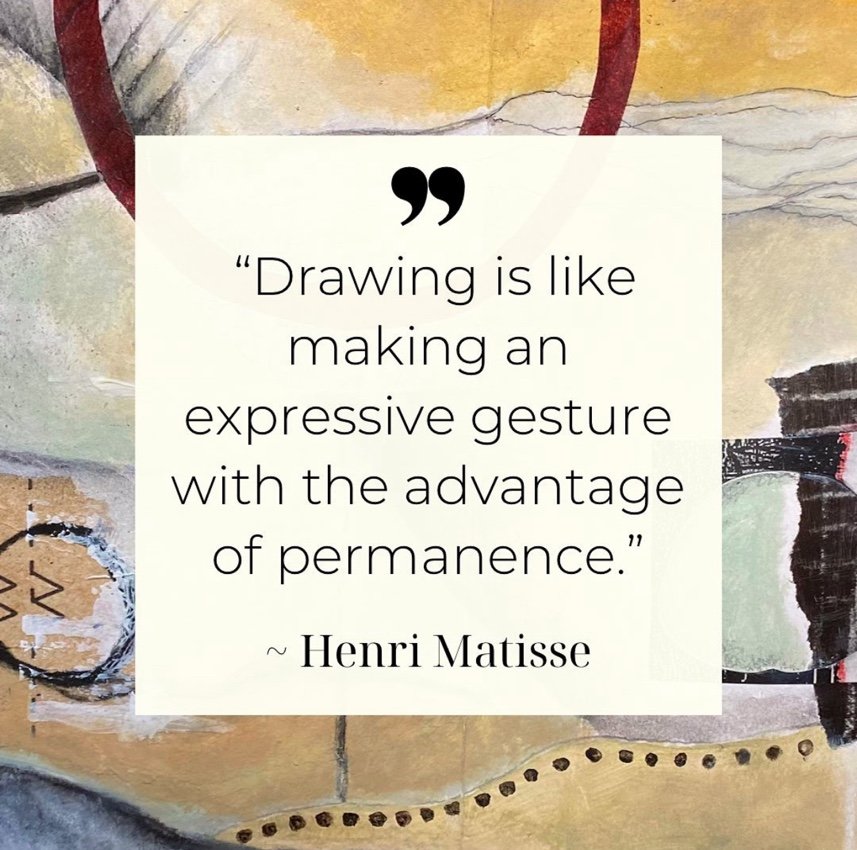Every once in a while, a painting appears that I have no desire to complete. Layer upon layer, it seems to exist purely for the joy of holding a paintbrush in my hand and playing with color and experiencing the movement of the bristles swiping the surface of a canvas.
The first one I remember was a small piece I re-envisioned and repainted each day. It carried the same concept, the same theme, yet I kept returning to it… trying something new with each redo. I didn’t care if it was ever finished. It became a thoroughly enjoyable exercise of exploration and creative freedom.
A few years later, I fell in love with the process all over again, this time on a larger canvas. For two to three months, while working on other paintings, I returned to it daily, adding something new, making shifts in color, and highlighting details. Meanwhile, I became an observer in its becoming. I didn’t want the process to end. It felt like a daily gift I was giving myself. And oh, what a joyful flow it was.
Now, there’s another painting on my easel that holds no urgency for completion. Originally, its purpose, was to offer me painting interludes while working on a writing project that has grown bigger than I originally imagined. I thought it would have eight layers of pencil marks and paint, but once I reached the eighth, I realized I’d stumbled, once again, upon a “never-ending” canvas.
So now, whenever I need to step away from the writing and the world of words, I return to playing with paint and color… in joy. And with the book nearing completion, I find myself wondering, with curiosity:
Will the painting find its way to completion, too?
You may also be interested in:

